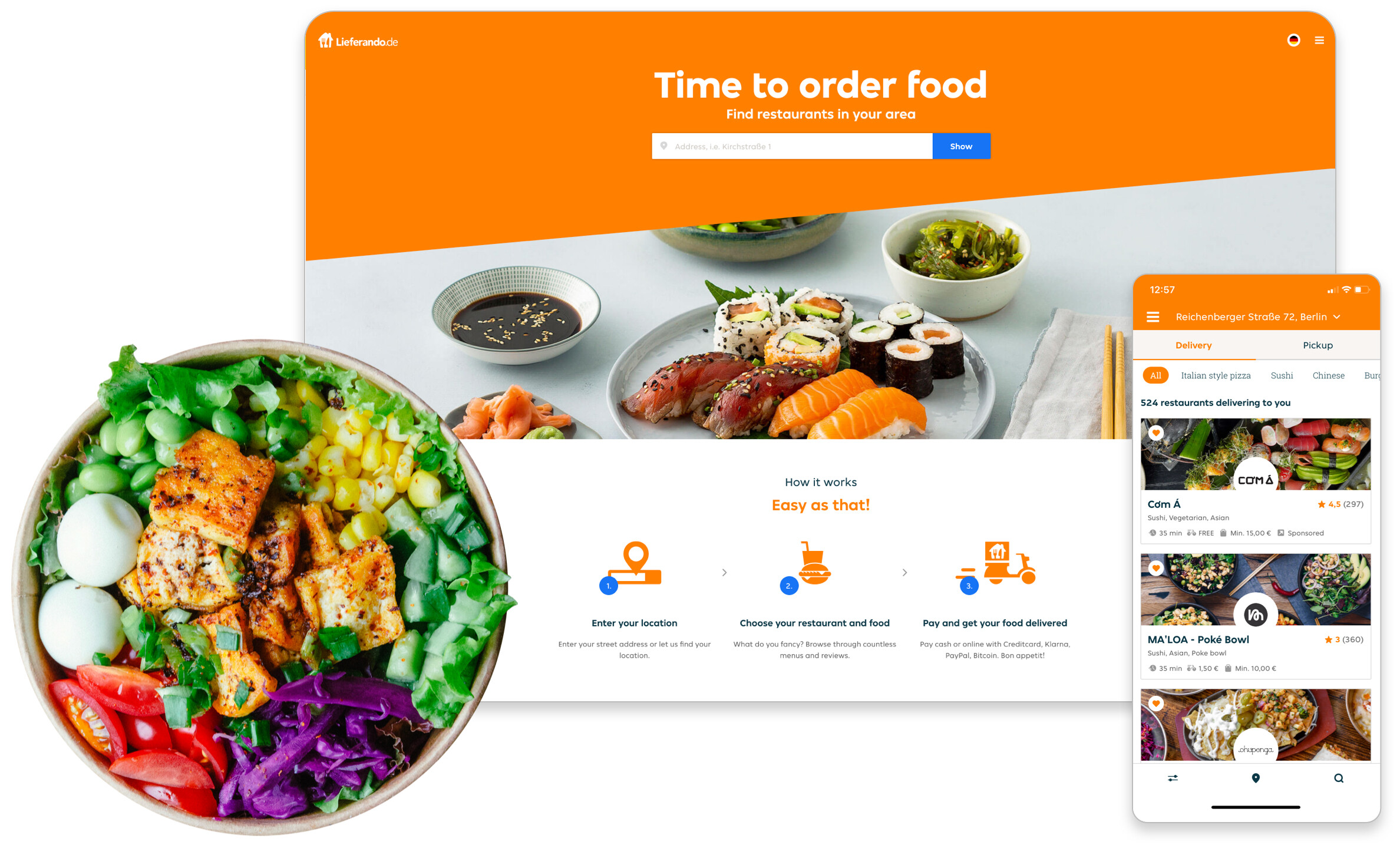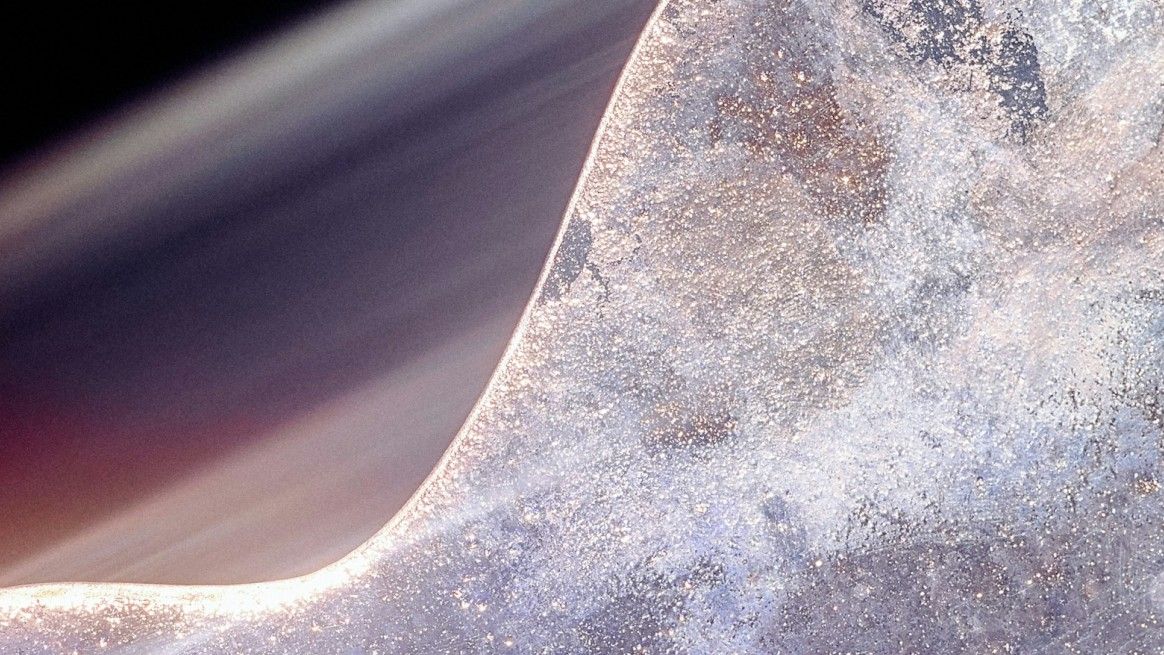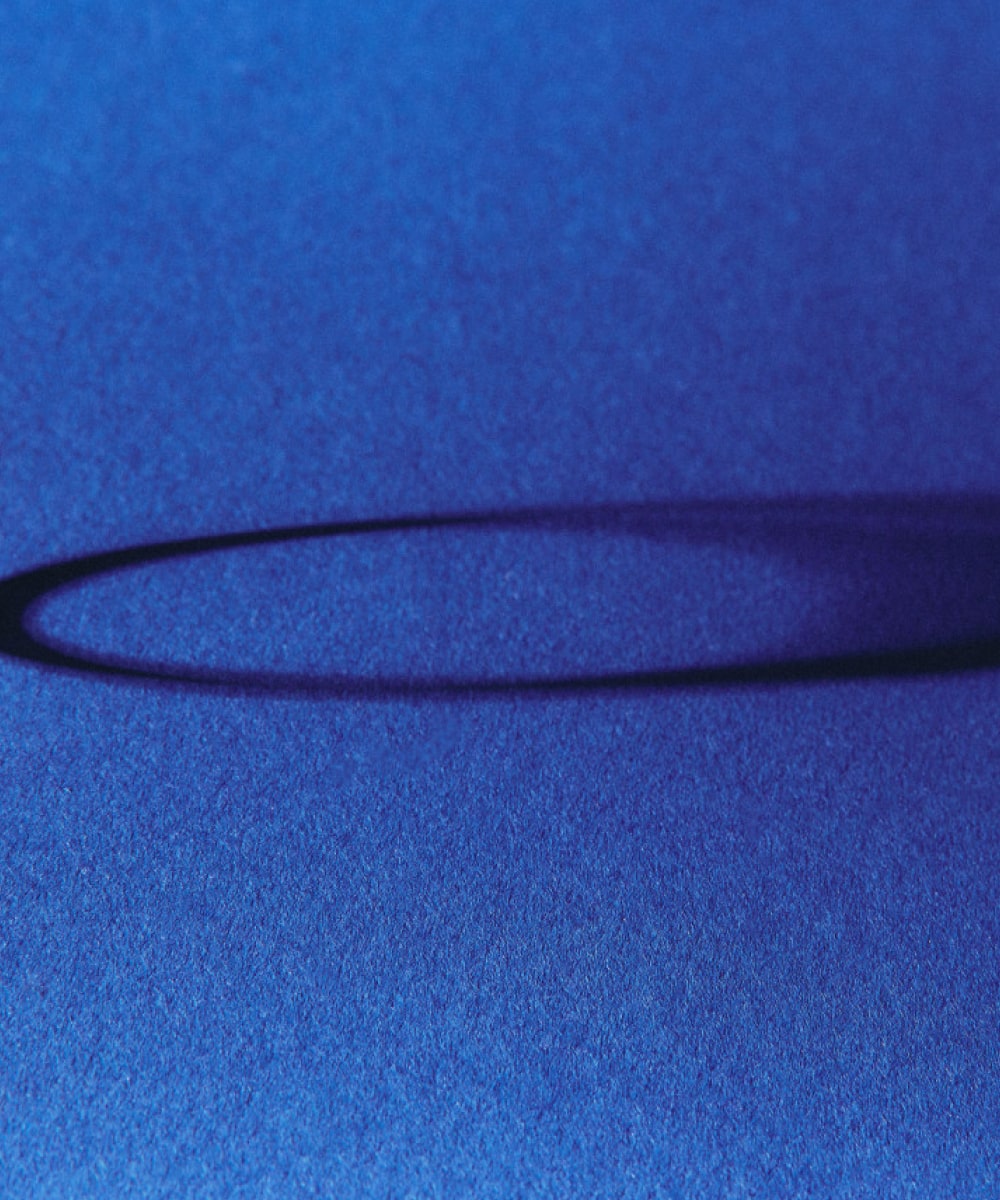Creative automation is more than efficiency – it’s branding
Creative automation is a two-component approach
Automation refers to enabling creativity with technology. You meet your user’s practical needs at the click of a button. Static assets in 10 sizes for all platforms? Check. Automatic translation for six different markets? Yes. The same asset but with ten copy variations? You got it.
Tedious tasks are done faster and with less fatigue within your design department. All it takes is quality-checking the automated assets after the fact.
Because of these advantages, creative automation often sells on efficiency. The quantifiable promise of an improved ROI hits hard in creative collapse. Yet, as marketers directors claim creativity feels restrained, the pressure on creative quality is growing. For a way forward, don’t put yourself in the efficiency box. Instead, imagine a new angle.
What if creative automation came from a brand-driven ambition?
Tell your brand’s story with creative automation
All creative automation works on simple ‘if X, then Y.’ The X and Y variables can be location, weather conditions, brand colors, or unique selling points (to name a few). And what a cheat code to the marketing formula (the right message to the right audience at the right time)!
Imagine ridesharing ads in party areas at 2 AM, social ads with healthy breakfast options distributed to those who shared their morning running update, and What’s App chatbots helping passengers retrieve their flight tickets five minutes away from security.
In all these circumstances, creative automation helps your brand tell a piece of its story, whether it’s reliable, an energizer, or a service champion. When you start seeing creative automation not as a resource saver but as an impactful way of thinking, efficiency, and creativity go hand in hand.
Then, you can ask yourself what variables help craft the desired perception of your brand.
Based on those answers, you can brief your creative team so the outcome is not blatant templating with sales messages but a concept that displays creative quality and innovation. For example, Zoopla, the British property website, boosted their perceptions around expertise. 20% more of their audience believed them to have the strongest property knowledge post-campaign.
Just Eat Takeaway, the global food delivery hero, showed that they know what their customers want by producing assets that had many occasions for ordering food built into them.
Choose your variables wisely
The key to using creative automation to drive creative quality lies in choosing variables wisely.
You risk repetition over creative quality if they are geared solely towards saving money and time. Because the simple truth is that every brand has a story to tell. And every campaign has a central message. Picking up on the variables that tell that story in a context relevant to your target audience has a huge impact.
Ultimately, you can achieve creative quality with creative automation if it’s part of your brand’s storytelling.
More on creative automation
Questions?
SVP of Growth & Head of UKI





